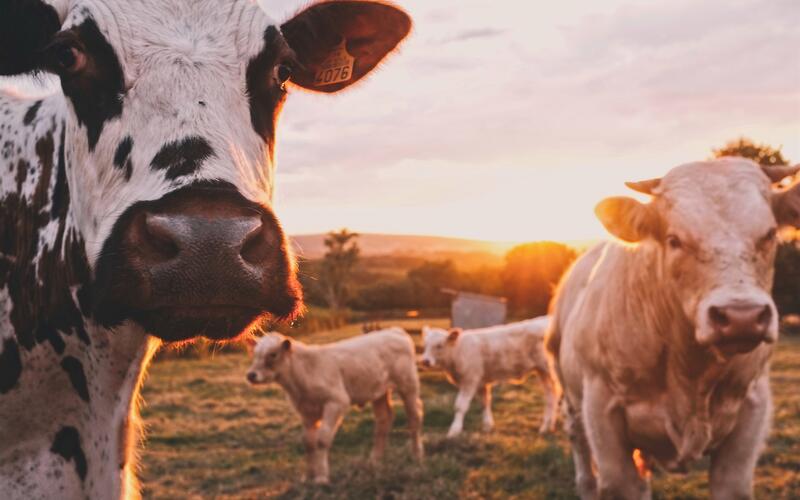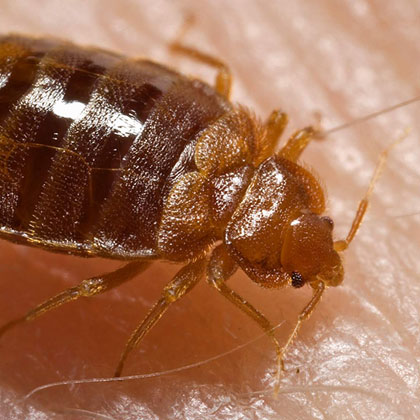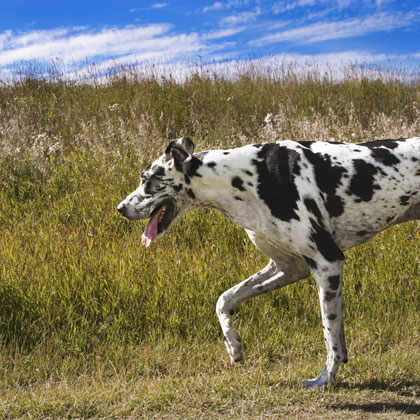Moral drawbridges: Cultural conflicts between meat-eaters and meat-avoiders

Moral drawbridges: Cultural conflicts between meat-eaters and meat-avoiders
A cultural shift away from animal consumption has been met with a counter-cultural glorification of meat. These two societal trends reflect a redrawing of moral boundaries – the lines people draw to assert moral status. An interdisciplinary approach threading philosophical, psychological, and sociological perspectives offers unique insight to understand the formation and evolution of moral boundaries in meat consumption.
Crimston, Charlie R., Sarah Blessing, Paul Gilbert, and James N. Kirby. “Fear Leads to Suffering: Fears of Compassion Predict Restriction of the Moral Boundary.” British Journal of Social Psychology 61, no. 1 (2022): 345–65. https://doi.org/10.1111/bjso.12483.
Furedi, Frank. Why Borders Matter: Why Humanity Must Relearn the Art of Drawing Boundaries. London: Routledge, 2020. https://doi.org/10.4324/9780367815684.
Kagan, Shelly. How to Count Animals, More or Less. Uehiro Series in Practical Ethics. Oxford: Oxford University Press, 2019. https://doi.org/10.1093/oso/9780198829676.001.0001.
Panizza, Silvia. “If Veganism Is Not a Choice: The Moral Psychology of Possibilities in Animal Ethics.” Animals 10, no. 1 (January 2020): 145. https://doi.org/10.3390/ani10010145.
In the last five years, both markets and media have documented a cultural shift in meat consumption. From explosive growth in sales of plant-based meat alternatives to wider interest in vegan and flexitarian diets, it seems that the average American consumer is gradually pivoting away from animal-based food products. Yet at the same time, a flank of society has made it their duty to rally against this pivot and consume as much meat as possible, linking the practice of eating meat with freedom, masculinity, and patriotism.
These divergent shifts exacerbate a growing cultural divide, with both sides staking moral claims against the other. Such claims can be understood as moral boundaries – lines people draw to separate and categorize the extent to which others are deserving of moral status. Typically, moral boundaries are studied as divisions within or across social groups. Yet a proper analysis of meat consumption requires looking not only at the moral boundaries between meat-eaters and meat-avoiders, but at the moral boundaries between humans and the animals they consume. Whether interested in ending or expanding meat consumption, a deeper understanding of these boundaries gives new insight into why and how humans justify eating meat, and informs strategies to shift culinary choices.
Recent research across a string of fields indirectly reveals a relationship between moral boundaries and meat consumption. On the boundaries front, sociologists and psychologists have worked to uncover the origin and impact of these social divisions, including University of Kent Professor Emeritus Frank Furedi’s new book Why Borders Matter and a set of studies published in the British Journal of Social Psychology by a team of researchers at the University of Queensland. Shelley Kagan, Clark Professor of Philosophy at Yale University, explicitly tackles the human-animal divide and its ethical basis in How to Count Animals. And in Animals, Dr. Silvia Panizza at University College Dublin addresses the moral psychology underpinning veganism.
Moral conflict around meat consumption and the human-animal boundary follows a wider trend that Frank Furedi critiques in Why Borders Matter. According to Furedi, modern society is facing an unbounding of cultural norms: ruptures in tradition and shifts in values that leave individuals in a chaotic state of uncertainty. He attributes this unbounding to a social movement that categorizes all borders – whether physical (e.g., U.S.-Mexico) or symbolic (e.g., woman-man) – as oppressive. Furedi argues that this anti-border movement neglects the benefits of borders. By creating divisions, borders also create meaning for those on either side of them. This meaning is central to social formation, and without it, people miss out on what has defined humanity for millennia: group identity. Further, in their critique of entrenched values, the anti-border movement draws new moral boundaries between themselves and those who defend existing moral boundaries. Attempts to remove borders just create new ones. Furedi refers to this ironic twist as the paradox of borders. In the case of meat consumption, this paradox plays out when meat-eaters are judged for drawing moral lines between themselves and their food. Whether or not the human-animal boundary is justified, Furedi concludes that some borders are both inevitable and good for society.
Beyond the historical role of boundaries in society, research lets us go deeper and explore what prompts the formation of these boundaries in the present day. In the British Journal of Social Psychology, Dr. Charlie Crimston and colleagues examine how different social inclinations (e.g., compassion, empathy) lead individuals to draw moral boundaries. Their set of three studies finds that those with greater compassion are more likely to expand their moral boundaries and include others, but an aversion to compassion is strongly associated with setting exclusive boundaries. However, these social sentiments are somewhat flexible: while fears of compassion are often rooted in early childhood experiences, targeted interventions can help diminish these fears and expand compassion and empathy. Given past research on the use of moral boundaries to justify meat consumption, Crimston et al.’s findings suggest that attempts to teach caring values and reduce fears in extending compassion could widen boundaries and promote a vegetarian diet.
Though compassion may indeed alter moral boundaries, it is still possible to maintain empathy for animals while at the same time drawing boundaries that exclude them. Shelly Kagan laments the scale of animal suffering in How to Count Animals. Despite this sentiment, he defends a limited hierarchy, giving animals some status as moral beings but arguing that humans have relatively greater status. Kagan rejects the possibility of a boundary-less world in which all species are equal, and he reasons through both careful philosophy and appeals to common sense that moral status is earned in degrees, allowing for different “steps” in a moral hierarchy. These steps (e.g., mental capacity, desert) are equivalent to moral boundaries, since each additional step allows a species more favored treatment and higher status.
Kagan shows that compassion alone does not dissolve boundaries – but can it dissolve choice? Dr. Silvia Panizza argues in Animals that for some vegans, this is the case. With sufficient compassion for animals and information on the cruelty of animal agriculture, an individual’s avoidance of meat becomes not a choice, but an internalized, subconscious mandate. Panizza describes this phenomenon as a moral impossibility, akin to the reaction one has when asked to do something unthinkable. In practice, this acts like a mental block, preventing one from even imagining the prospect of eating meat. While this condition may not lead to new moral boundaries between individuals, it still results in a rigid boundary. Instead of marking social groups, this new boundary functions as an internal line that the person themselves cannot cross. This outcome resonates with – and ironically resolves – a deeper fear held by a narrow swath of meat-eaters that leftist politicians are stealing their burgers and curbing their culinary freedom. Panizza’s research may suggest that psychological shifts (e.g., having more compassion) restrict one’s freedom. Even so, one could argue that this is not a loss in freedom, but a transformation: though the effect of a moral impossibility is to remove a choice, it also attenuates the importance of that choice.
As a growing cultural divide mounts between meat-eaters and meat-avoiders, moral boundaries will become increasingly visible, both between each other and between the animals they do (or do not) consume. Furedi’s paradox of borders rings true here, and it calls into question which boundaries should stand – and which should fall – to improve societal well-being for humans and animals alike. Interventions may improve compassion for other species, and in turn may soften moral boundaries between humans and animals. Yet it is worth considering whether this newfound empathy will have an unintended effect of indirectly limiting freedom, and whether that loss in freedom validates – or quashes – fears of some meat-eaters. A synthesis of research across fields shows that moral boundaries play a crucial role in determining who eats or avoids meat, and that careful attention to such boundaries may provide an opportunity for advocates to shape the future of meat consumption.




